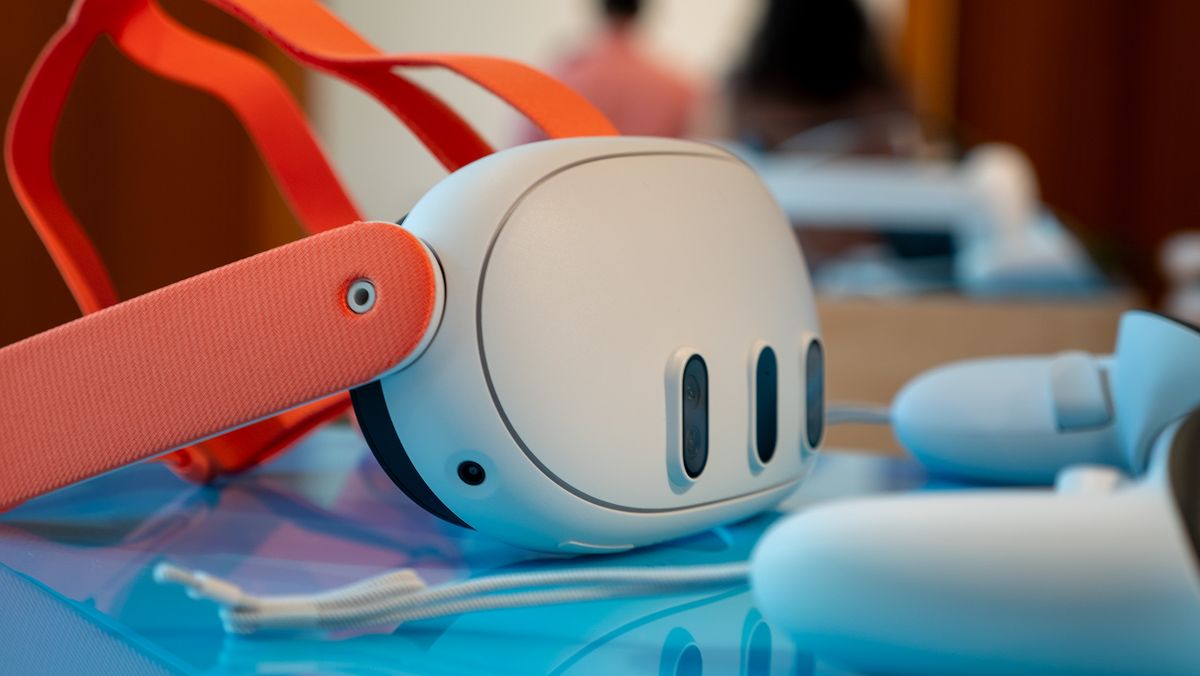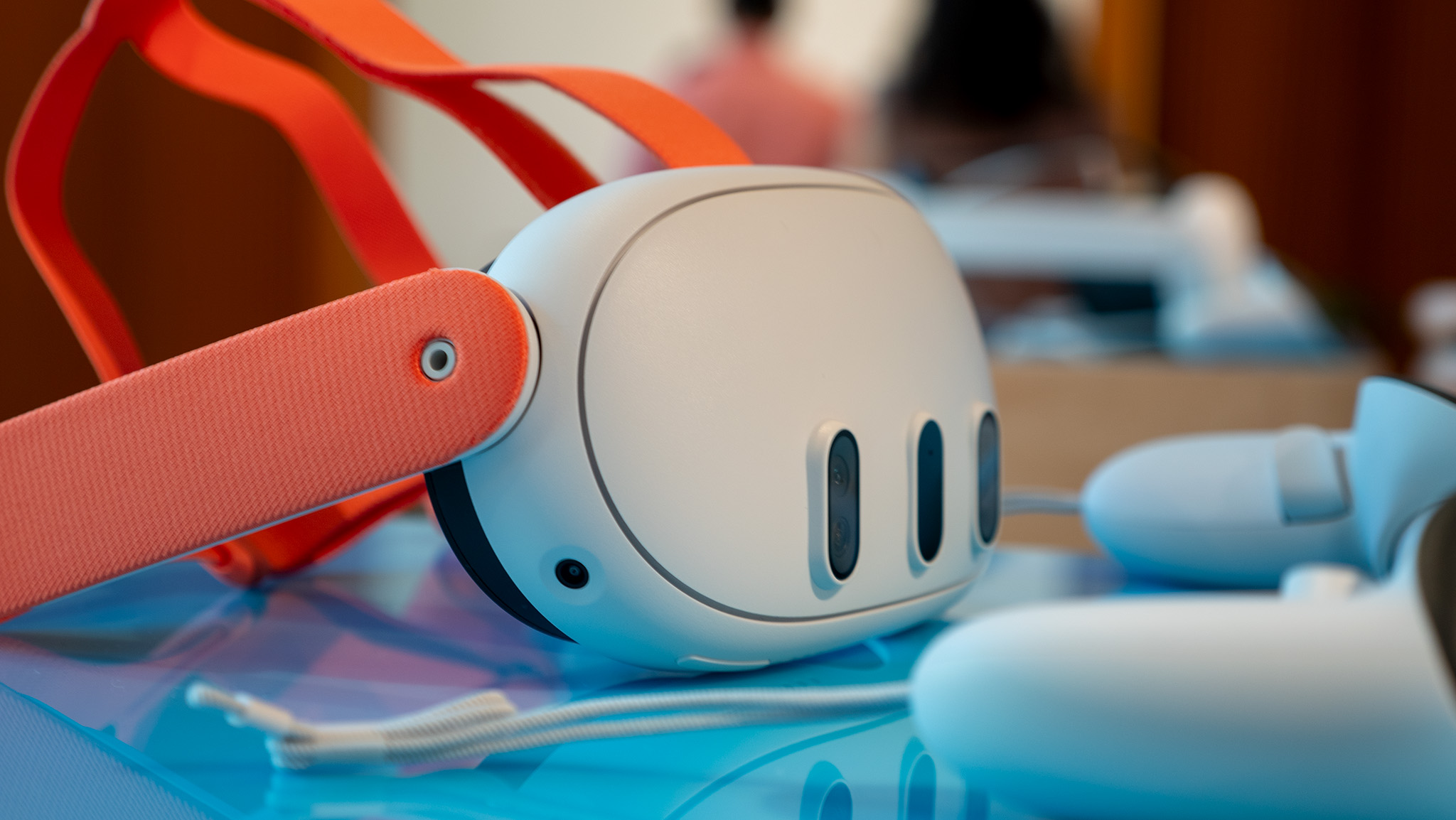What you need to knowMeta will not offer a trade-in or loyalty program for Quest 2 owners to upgrade to Quest 3.The Oculus Quest 2 cost $299 at launch and sold over 20 million units thus far, while the Quest 3 costs $499.No major electronics stores (i.e., Gamestop) appear to be accepting Quest 2 trade-ins, either. When asked about the potential for a Quest 2 trade-in or loyalty program in exchange for discounted Quest 3 headsets, a Meta rep informed us that “we do not have an upgrade/trade-in program at this time.” And while this isn’t surprising, it’s still a disappointment. VR headsets exist in an odd middle ground between video game consoles and wearable tech. Unlike most consoles, there isn’t much after-market value for Oculus Quest headsets, except for direct sales to fellow VR fans in spaces like Facebook Marketplace. Most console manufacturers don’t accept trade-ins directly; it’s third-party partners like Gamestop or Best Buy that do so. But unlike plug-in-and-play consoles, modular Quest headsets probably require more cleaning and checking for original parts before resale is possible. So, it’s not surprising that most companies (including Meta itself) won’t bother with taking and reselling them despite their popularity. Because of that, a lot of Quest 2s are going to end up in landfills over the next few years. And it’s a missed opportunity for Meta, which could have both reduced e-waste and pushed more Quest 2 owners to upgrade. The new Meta Quest 3 (Image credit: Nicholas Sutrich / Android Central)Despite selling 20 million Oculus Quest 2 headsets since its late 2020 launch, Meta has a lot riding on the Quest 3 launch. Its AR/VR Reality Labs division loses billions every quarter, and Quest 2 sales have sagged with the Quest 3 incoming. Our Quest 3 hands-on has us excited about all the ways the new headset improves on the old one. But at $499, the Quest 3 is also a significant investment compared to the $299 Quest 2, on par with a PS5 or Xbox Series X. The comparably priced PSVR 2, for reference, sold about 600,000 units after three months — respectable but pedestrian numbers that have likely fallen off since. The Quest 3 isn’t dependent upon another console, widening its potential user base. But the fact is, the Quest 2 is the one VR headset to reach a wide, “casual” gaming audience on par with traditional gaming consoles, in part because of its affordability. Meta tried raising the Quest 2 price to $399 last year but dropped it back to $299 fairly quickly after sales deflated.We’re pretty confident that the Quest 3 will make a splash with VR fans, based on our time with it. But to expand beyond that passionate base to the rest of Quest 2 owners, a trade-in program would have gone a long way. The fact is, mixed reality is a see-it-to-believe-it technology. Even though the Quest 3 graphics upgrade looks fantastic, most people will be happy enough with their Quest 2 headsets in the short term. The Quest 3 likely won’t have any exclusive games for some time, as developers will keep their games backward compatible to target the larger Quest 2 install base. A small, limited-time-only Quest 2 trade-in discount towards a brand-new Quest 3 would have gone a long way toward combating that feeling of inertia. Meta would “lose” money on headsets that it’s probably selling at near cost but make that money back on future game sales and keep folks invested in the Quest ecosystem for another few years. Plus, it could then turn around and sell refurbished Quest 2s if it wanted, or just promise to properly recycle them. Instead, Meta is counting on people buying a new Quest 3 at full price just a few years after buying the Quest 2 and ignoring all of the Quest e-waste that’s bound to pop up in the next few years.
The Meta Quest 3 VR headset offers a more powerful Snapdragon chipset with 33% more RAM, a much lighter design, full-color mixed reality, and plenty of design upgrades. Even if you own a Quest 2 and don’t know what to do with it, the Quest 3 is tempting enough that you may still want to upgrade.


